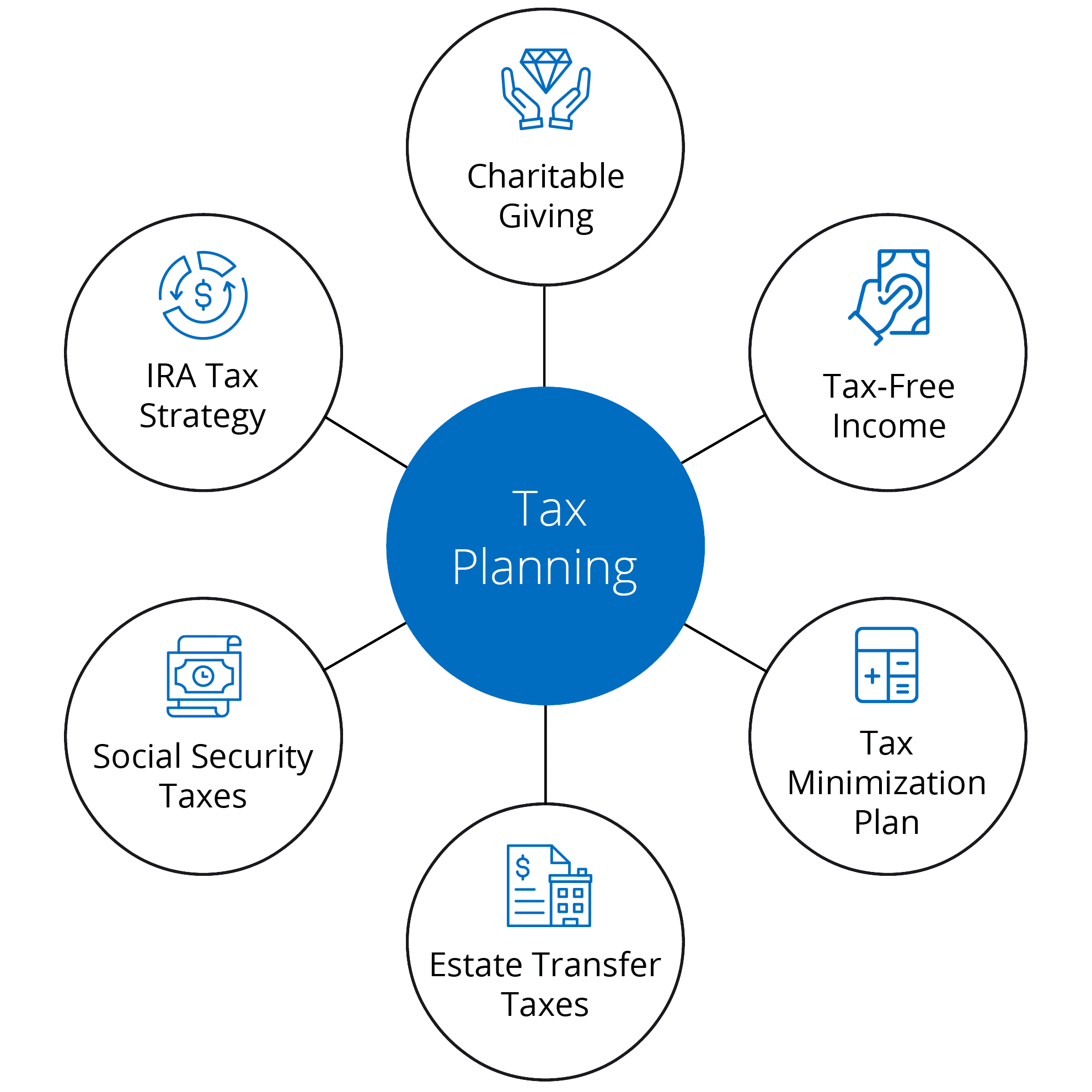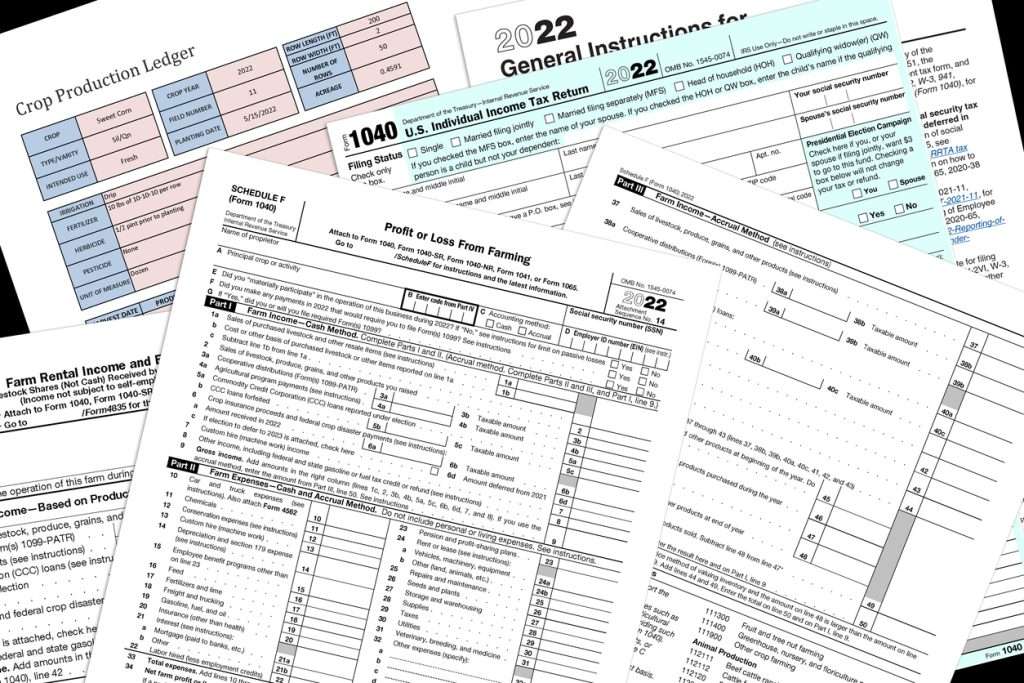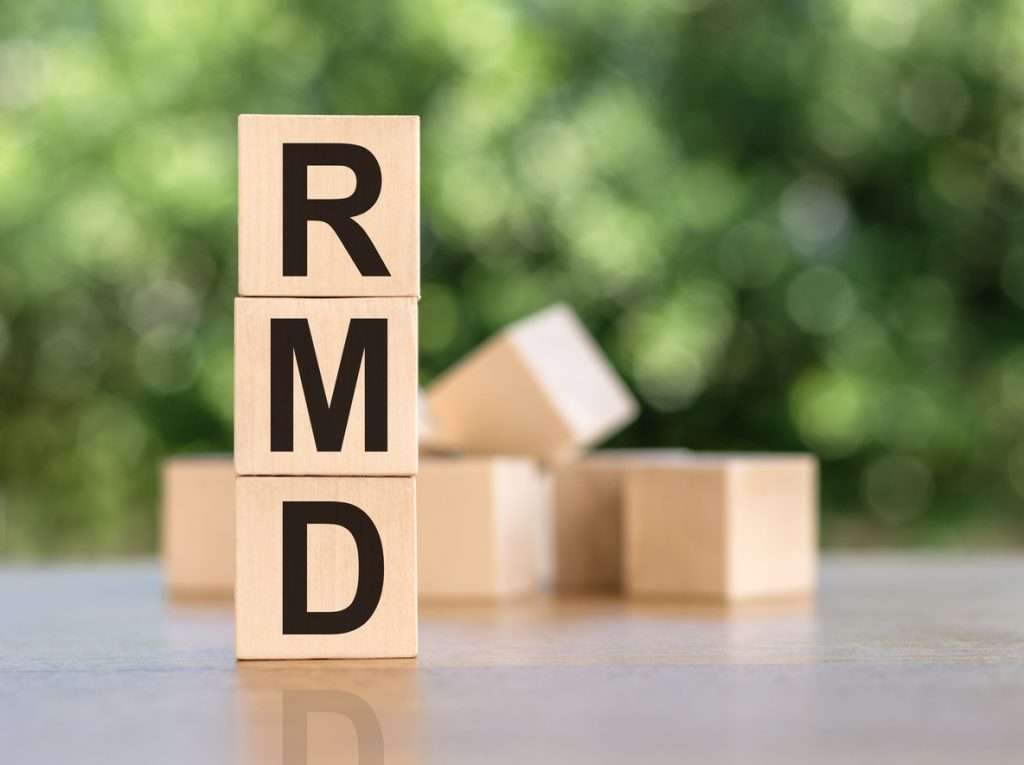Remember, it’s not only what you make but what you keep!


Tax-deferred investments, such as traditional IRAs and 401(k)s, can be an effective way to save for retirement while minimizing your tax bill. These investments allow you to defer paying taxes on your contributions and earnings until you withdraw them in retirement. However, keep in mind that once you reach age 73, you will be required to take required minimum distributions (RMDs) from these accounts, which will be subject to income tax.
Required minimum distributions (RMDs) are the minimum amount you must withdraw from your tax-deferred retirement accounts each year once you reach age 73. The amount of your RMD is based on the balance of your account and your life expectancy. It’s important to plan for RMDs so you don’t get hit with unexpected taxes and penalties.


There are a variety of tax credits and tax breaks available to retirees, including the earned income tax credit, the saver’s credit, and the retirement savings contributions credit. Additionally, some states offer property tax breaks or exemptions for seniors.
As a retiree, you may need to file taxes each year, even if you don’t have earned income. You may also need to pay estimated taxes throughout the year if you have significant investment income. It’s important to keep track of all your taxable incomes, including Social Security and pension income, and to stay up to date on changes to the tax code that may affect your tax strategy.
At Goldstone Financial Group, we understand planning for your retirement taxes is a vital part of ensuring you have enough income to support your lifestyle in retirement. By understanding your tax bill, maximizing tax deductions, and taking advantage of tax-deferred investments, you can minimize your tax bill and maximize your income. Remember to plan for required minimum distributions (RMDs) and consider using qualified charitable distributions (QCDs) to give to charity in a tax-efficient way. With careful planning and attention to detail, you can make the most of your retirement years.
It’s never too early to start planning for your retirement taxes. The earlier you start, the more time you have to maximize your tax savings.
A tax-deferred investment is an investment, such as a traditional IRA or 401(k), where you defer paying taxes on your contributions and earnings until you withdraw them in retirement.
A required minimum distribution (RMD) is the minimum amount you must withdraw from your tax-deferred retirement accounts each year once you reach age 72.
A qualified charitable distribution (QCD) is a tax-efficient way to give to charity in retirement. With a QCD, you can donate up to $100,000 per year directly from your tax-deferred retirement account to a qualified charity.
Some common tax deductions for retirees include medical expenses, charitable contributions, and mortgage interest.
Website Powered by WGA Global & Simple SEO Group
Investment Advisory Services offered through Goldstone Financial Group, LLC a Registered Investment Advisor (GFG). Advisory services are only offered to clients or prospective clients where GFG and its representatives are properly licensed or exempt from licensure. This website is solely for informational purposes. Past performance is no guarantee of future returns and investing involves risk and possible loss of principal capital. No advice may be rendered by GFG unless a client service agreement is in place. Services will only be provided in states where GFG is registered or may be exempt from registration. Registration does not imply any level of skill or training.
*Guarantees provided by insurance products are backed by the claims paying ability of the issuing carrier.
“The Changing Story of Retirement” report is provided for informational purposes only. It is not intended to provide tax or legal advice. By requesting this report you may be provided with information regarding the purchase of insurance and investment products in the future.
* Goldstone Financial Group utilizes third-party marketing firms to secure media and publication appearances. Features and appearances may be marketing paid for by Goldstone direct to the media channels and publications listed above. The network and publication appearances listed do not represent any endorsement, level of expertise, recommendation, or any affiliation with Goldstone Financial Group.
Goldstone applied and paid an application fee to be considered for the Inc. 5000 Fastest Growing Companies. The award results were independently evaluated and determined by the Inc. 5000 criteria. Additional information regarding the Inc. 5000 program and full eligibility criteria can be found here.
Goldstone pays an annual fee to be part of the BBB Accreditation Program. The ratings/grades given to Goldstone are independently determined and provided by the BBB and their criteria standards. Additional information regarding the BBB and full details of its Accreditation Standards can be found here.
Goldstone was certified as a ‘Great Place to Work’ in March 2023 after a two-step process including anonymous employee surveys and a questionnaire regarding our workforce. A subscription fee was paid by Goldstone to access the survey website, but no fee was paid to receive the certification. Additional information regarding the Best Places to Work Award and the complete eligibility criteria can be found here.
"*" indicates required fields